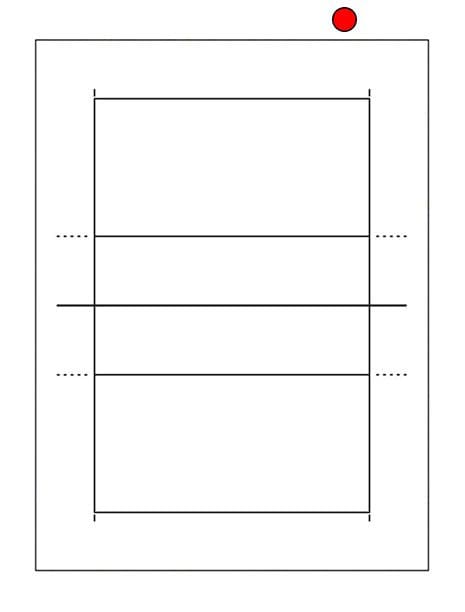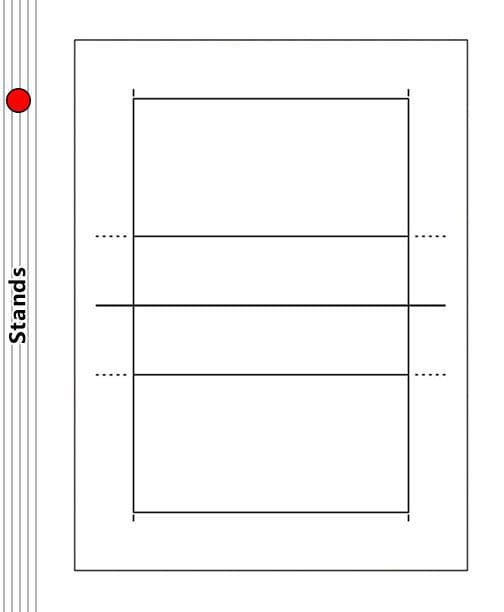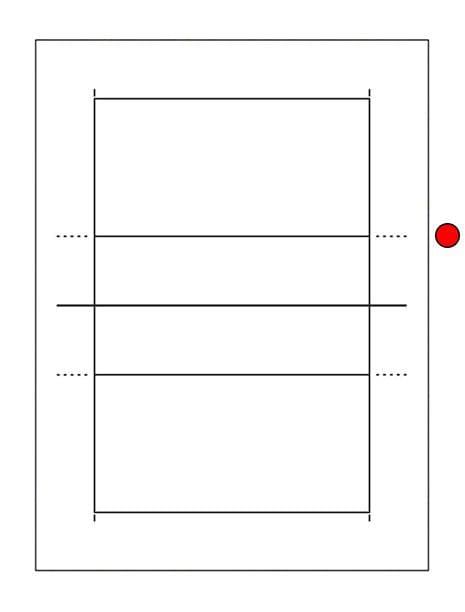Volleyball Photography: Capturing the Best Images
Want to improve your volleyball photography? Read more about photographer positions, types of images, required equipment, and much more.
Click here to have a look at my sport photography portfolio – which includes many volleyball images!
Recommended Photo Positions
Volleyball is unquestionably one of the most challenging sports to photograph. The ball moves quickly, your shutter speed needs to be higher than usual, and the net will wreak havoc with your camera’s auto-focus system.
Knowing exactly where to be, along with what you want to capture, will be critical to your success.
There are three very different places I like to frequent when shooting volleyball:
- Behind the service area, just before the sideline.
- In the stands, above the net.
- At the attack line.
Recommended Camera Lenses
My two must-have lenses for volleyball are:
- 24-70mm f/2.8 Mid-Range Lens
- 70-200mm f/2.8 Telephoto Zoom Lens
With extra room in the bag, I would add:
- 16-35mm f/2.8 Wide-Angle Lens
- 300mm f/2.8 Prime Lens
You can get away without the 300mm prime lens – but it may limit your ability to shoot from the stands.
OAKVILLE, ON – Oct. 29, 2016: A volleyball sits on the court near the Sheridan Bruins’ logo.
Behind the Service Area
When you’re looking to capture action around the net.
When you’re behind the service area, you have an excellent opportunity to capture action around the net.
While you’re welcome to experiment with your exact positioning, my recommendation is that you stay off-centre (as per the diagram). This will generally result in better framing of the attacking and defending players. As you move closer to the centre, players tend to obstruct one another from your view more frequently.
Also worth mentioning is that the net will be a major headache when shooting from this position. To work around this, my preferred technique is to shoot in portrait orientation, and manually choose an auto-focus point at the bottom of the frame. This will allow you to catch focus on the legs of each player, rather than fighting to shoot through the net.
The types of images here are not particularly diverse, but they will generally include:
- Wide game shots.
- Blocks.
- Spikes.
Below, you’ll find some examples of photographs taken from this position.
In the Stands
Great spot for capturing action above the net.
Whenever possible, I strongly suggest spending at least one set in the stands.
The diagram to the right depicts my preferred position – but with volleyball being such a vertical game, just about anywhere that elevates you above the net will look great.
Even from this position, you’ll find that the net will occasionally get in your way. You may need to shoot in portrait orientation, and manually choose an auto-focus point at the bottom of the frame. This will allow you to catch focus on the legs of each player, rather than fighting to shoot through the net.
The types of images here will generally include:
- Blocks.
- Assists.
- Spikes.
- Player reactions.
Below, you’ll find some examples of photographs taken from this position.
Attack Line
When you’re looking for reactions and challenging action shots.
The attack line is my favourite spot on the court, primarily because the types of photographs you get here are completely different.
You’re no longer behind one of the teams, enabling you to capture digs and defensive action very effectively. Additionally, athletes on the opposite side of the court will turn toward you to celebrate with their team at the end of a play, making this the best place to capture reactions.
To succeed, you’ll require a sound knowledge of the game. In most cases, you’ll have only a split-second to react.
On serves, one trick is to keep a close eye on the opposing coach. They will hide their hand behind a clipboard, and signal their server between ‘1’ and ‘6’ (with ‘6’ being a fist).
- Area 1: Back Left
- Area 2: Front Left
- Area 3: Front Centre
- Area 4: Front Right
- Area 5: Back Right
- Area 6: Back Centre
If you spot this signal, you’ll have a good idea where the ball should be going. You can then pre-focus the shot on the player in question.
The types of images here will generally include:
- Digs/bumps.
- Assists.
- Player reactions.
Below, you’ll find some examples of photographs taken from this position.
How to Spend Your Time
Volleyball games can be over in a flash – especially when one team is crushing the other.
Plan for a sweep in every game, and get your critical shots immediately. Assuming five sets, spend your time as follows:
- Set #1: Behind the Service Area
- Your key action photographs will come here. Be sure to get this out of the way at the beginning of every game.
- Set #2: Stands/Attack Line
- By the second set, you should have a good feel for how quickly the game is moving. Spend a bit of time in the stands, and move to the attack line if a sweep is pending.
- Set #3: Behind the Service Area/Attack Line
- If the game is looking like a sweep, move back behind the service area for a few more key action photographs, and ensure you end the game at the attack line for key reaction shots.
- Set #4+: Use your discretion!
- Use your discretion to fill in the gaps, but always end the game at the attack line for key reaction shots!
Other Suggestions
While there are undoubtedly spots around the court that will consistently produce great photographs, you shouldn’t hesitate to experiment and move around.
I’ve included some miscellaneous images below, in the hopes of triggering your creative thought process.
If you have any additional suggestions or ideas, don’t hesitate to share!





















I’ve Been asked to photograph the setter on the team. I’m now struggling with ideas of how to be able to get shots that are more than just up the nostrils at contact with the ball. Hearing she will be on the serving rotation … I know that you might set underhanded from time to time… But serve receive will most likely be out of the question. So I’m hopeful that you still watch this thread. Tim
Good article. I agree that attack line can get really nice tight shots. While I use the 70-200 and 300 mm, my preferred lens is the 85 mm 1.8 to get excellent player separation and very fast shutter speed, 1/1000 or faster with ISO not higher than 3200. I use the 85 in portrait and landscape depending on the action, hitting vs digging. For group pictures, any standard zoom suffices.
Shot my first volleyball game last night and though I got some awesome shots, I still hope to improve. That’s why I’m here. For the most part, I was about waist/chest high, just off parallel with the net (had to get around the judge). This was great for sets, spikes & blocks, and also for serves. I was shooting mostly with a 70-200 2.8 (at 2.8) but also switched out on occasion for the 100-500 for some more up close & personal shots.
From another blog I’ve already learned that I can slow my shutter down a bit to 400ish (was shooting at 2000) which will allow me to lower my ISO. Luckily even at 12,000 ISO, my shots weren’t too grainy, but if I would lose some serious sharpness if I wanted to crop in. Glad to find this blog to get some more ideas for shots & places to shoot from. Staying in one spot, I got a lot of similar looking pictures.
Thank you for sharing the tips on volleyball photography. I just started taking photos for my kid’s club team and learnt a lot from this post. Will try them out in the tournament this weekend. Appreciate for your great work!
I have had success shooting the serving player from the corner of the court, shooting parallel to the end line, looking right at the player. With the 70-200 I can shoot horizontal and fill the frame with the player holding up the ball in front of her, starting to toss it, etc. The facial expressions are usually intense. The players all have their own unique serving motions, so all the pictures don’t end up looking the same. Preferably shoot from the side opposite the stands. With a 2.8 or faster, stands full of fans make excellent bokeh. Keep shooting!
One of if not the best articles I have read about shooting volleyball. The only thing I might have included, is when at the attack line take the opportunity to show low and wide so the players look like the are soaring. If the photographer is tall you don’t want to be taller than the players when shooting from the court side, unless you can get elevated above the net.
A lot of rituals are on the court, cheers after a score, taking ownership of a mess up, and players calling a target (fingers hidden by the uniform).
Finally the game is fast and not always easy to learn. Focus on a player until you get a few good shot, then move to another, then another etc this helps you get shits of everyone and learn the players roles a bit more. If doing this change up who you are shooting if there is substitution because you may not get another chance to shoot that new player.